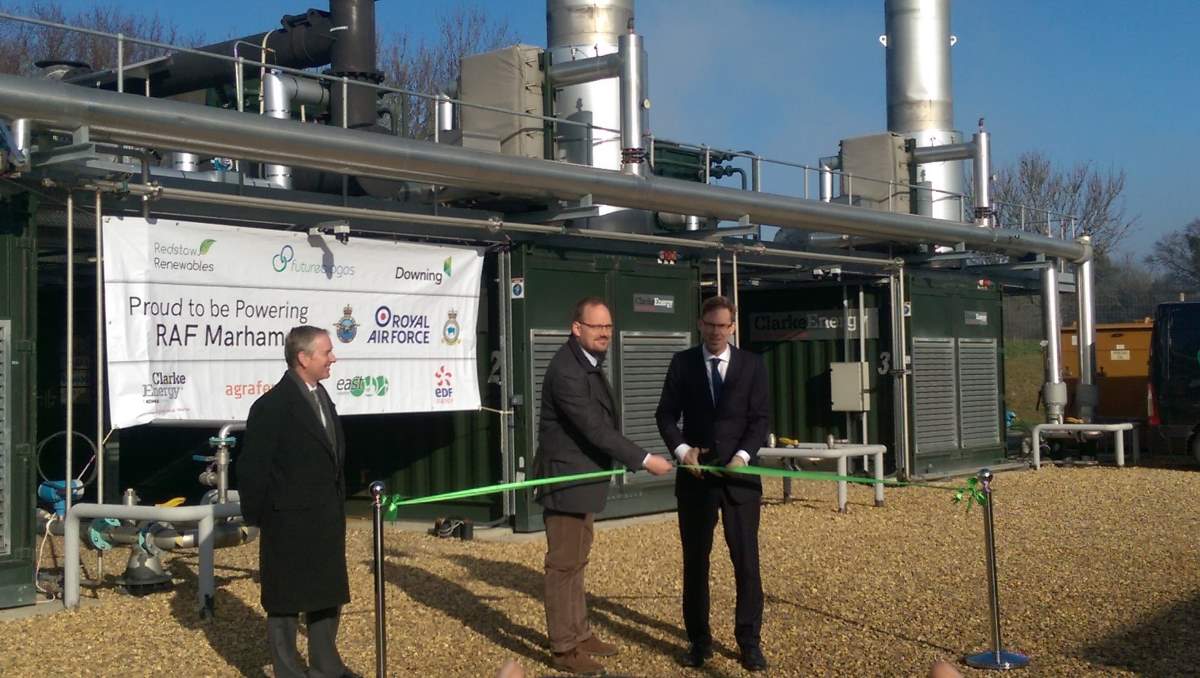Fugitive Emissions of Methane
Fugitive Emissions of Methane (Biogas and Landfill Gas) ExplainedIt is well known that unintentional escapes of methane and landfill gas (fugitive emissions) occur when methane escapes from a myriad of tiny leaks from production facilities, wells, pipes, compressors and other equipment.
Methane continually escapes through tiny leaks from the equipment associated with coal mining or natural gas extraction, landfills, landfill gas utilization plants, and biogas plants.
It is obviously very important to reduce all these fugitive methane emissions to an absolute minimum.
Methane is more than 80 times more damaging to the atmosphere and more powerful than carbon dioxide over a 20-year time frame.
It's the second leading contributor to climate change, after carbon dioxide.
Methane accounts for approximately 25 % of the world’s climate warming.
Accidentally released methane emissions are the inevitable byproduct of the oil and gas industry and agriculture, and occur from all methane equipment.
But, not only from the equipment it also gets released when cattle blow-off!
Vegans are right when they say reducing demand for dairy and meat will help the environment.
80 % of the Greenhouse Gas (GHG) emissions due to enteric fermentation (digestion in stomachs) are from the digestive systems of cattle.
But, that's enough about cattle emissions, what about biogas plants which imitate cattle to make methane.
Unintentional emissions will be occurring from all biogas plants.
Storage tanks inevitably leak a small amount, as do pipe joints, valves and other equipment.
Other fugitive emissions will occur when digesters are opened-up for maintenance, and during commissioning.
However, biogas plant and landfill gas utilization plants would be expected to be similar to those for the natural gas supply industry.
Fugitive emission research conducted within the natural gas industry estimates the US national methane fugitive emissions rate for natural gas at about 0.42%.
A not-insignificant amount overall, and it needs to be reduced.
However, the amounts are tiny when compared with the fugitive emission of methane from cattle, and landfills.
Municipal solid waste landfills are the third-largest source of human-related methane emissions in the United States, accounting for approximately 15% of these emissions in 2016.
Similar figures apply to all developed nations.
But, as Vegans can point out.
This is well below the 26% emitted from cattle through enteric fermentation.
Thanks for watching right through!
Sources of all quoted statistics are in our article here:
https://landfill-gas.com/fug
___________________________
This presentation contains images that were used under a Creative Commons License. Click below to see the full list of images and attributions:
https://app.contentsamurai.com/cc/243195
-------------------------------------------
CONNECT WITH US:
https://twitter.com/anaerobicnews
https://www.facebook.com/anaerobicdigestion/
https://uk.pinterest.com/radiman/renewables-anaerobic-digestion/




